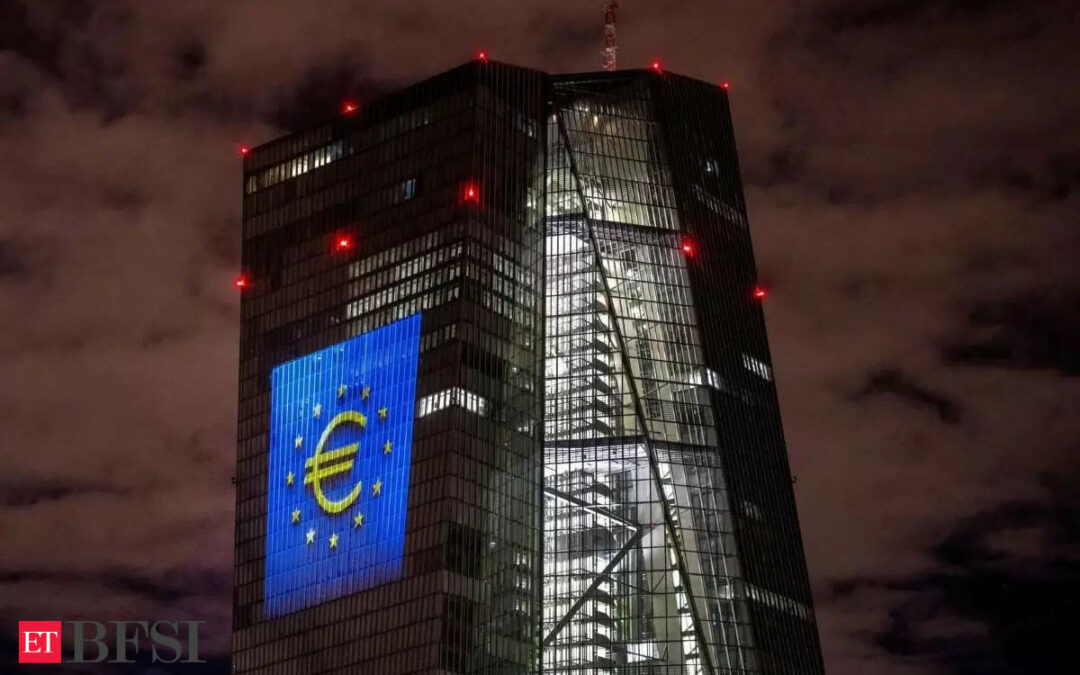Inflation in the 20 countries that use the euro fell to 1.8 per cent in September, below the European Central Bank’s target of 2 per cent for the first time in more than three years as falling energy prices give consumers relief from a burst of inflation that at one point reached into double digits. Tuesday’s official figure coupled with an anemic growth outlook could pave the way for faster interest rate cuts from the ECB, which has already trimmed rates twice.
Inflation fell from 2.2 per cent in August, according to European Union statistics agency Eurostat. The last time inflation hit the ECB’s 2 per cent goal was in June, 2021 when it was 1.9 per cent.
Economists have started to consider the possibility of a rate cut at the bank’s October 17 meeting. A few weeks ago, the expectations were that the central bank would wait until December before lowering borrowing costs again for consumers and businesses.
The bank must juggle the need to make sure inflation is under control, which would mean waiting longer to lower rates, against concerns over slow economic growth, which would argue for swifter cuts. Higher central bank interest rate benchmarks combat inflation by raising rates throughout the economy, making it more expensive to borrow and spend. That reduces demand for goods and pressure on prices. But that also slows economic activity.
The ECB, US Federal Reserve and other central banks rapidly raised rates to combat a burst of inflation that broke out as the economy rebounded from the pandemic, straining supplies of parts and raw materials, and after Russia invaded Ukraine.
The invasion led Russia to cut off natural gas pipeline supplies to Europe, spiking energy prices there and raising fears that Russia oil would be lost to the global market. Those strains have largely eased and inflation is low enough that central banks are cautiously trimming rates to keep the economy chugging. The ECB might not be able declare final victory over inflation quite yet. Economists expect inflation to tick slightly higher before the end of this year, and some underlying measures of inflation such as services prices are still high enough to instill caution. Bank President Christine Lagarde has said the bank is not committing to a future rate cut schedule but will take decisions meeting to meeting based on incoming economic data. (AP) GRS GRS












